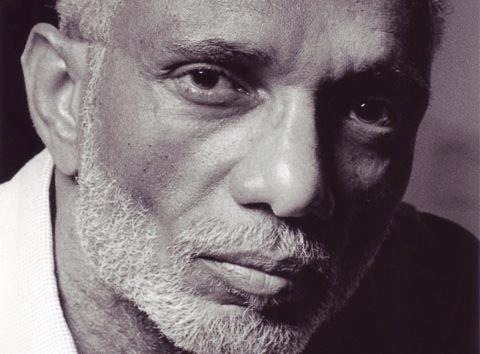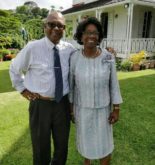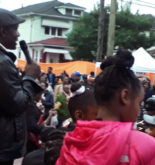The Cultural Development Foundation (CDF)
“A re-thought, re-vitalised, re-envisioned CDF should establish a shop on their premises or in a new structure on their ample grounds that would sell St. Lucian literature, arts and crafts, primarily. Caribbean literature can also be included. Local music CD’s could also be offered. I would not press a CDF site to go for international books. Who of course could run it successfully and profitably is the question? It could also be a venue for other activities like book launches. An accompanying restaurant, café, with some decent space could afford some art gallery space and space for various related activities. As well, a shop with café would be a great meeting place for writers and artists. And all in the CDF re-conceptualised grounds. There is enough space for expansion. Creative, dynamic, leadership with management experience is needed for this idea. I have proposed elsewhere that the NCC, Cultural Centre, be reshaped as a Creative Arts Centre.
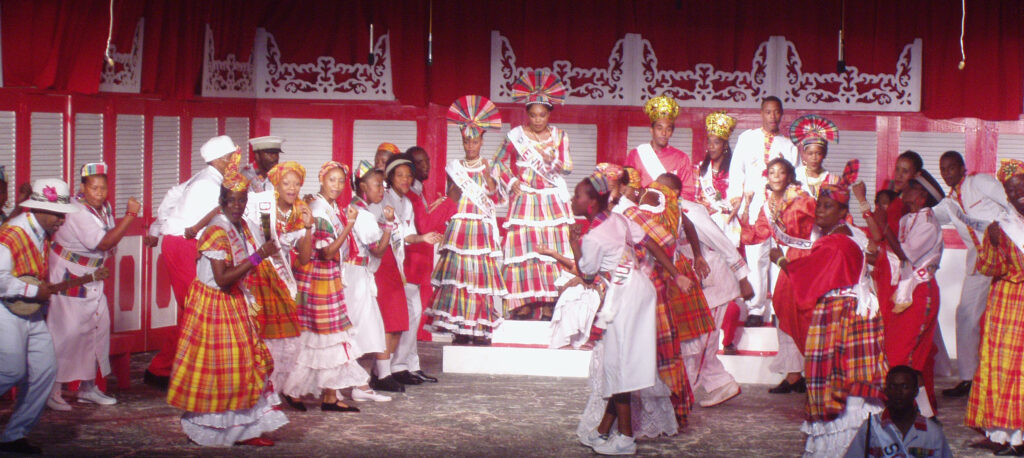
I have always seen the need for a separate Performing Arts Centre to hold kaiso finals, jazz concerts, bigger events, conferences etc., with more space. (That may be a dream deferred considering the mountain of debt left behind for the new government to carry and pay off). The Creative Arts Centre would model on the Edna Manley College in Kingston, Jamaica (to some extent) providing training and certification opportunities in the creative arts – visual, performing (drama, dance), literary arts. The present performing stage could be upgraded. School of Music, in a complementary role, could cover music training needs. Popular music, as huge as it is, needs its own institutional structure. Anyway, these are some off-the-cuff general thoughts I have been having for a long time about the CDF and how it could develop.”

The CDF has several volumes of edited works on St. Lucian literature and theatre, and possibly CDs of St. Lucian music, that should be promoted and sold, from their own premises. Not only would this produce income, but these are works that should be known and used by the arts and other communities. These books and other products are probably sitting in boxes somewhere in the CDF building. The CDF needs to become more pro-active, more creative in their thinking, more truly supportive of the arts, and that across generations. Saint Lucia has a rich, long-standing tradition and heritage of world-respected writers, artists, musicians whose work should be celebrated and passed on to coming generations.
Folk Research Center (FRC), National Television Network (NTN)
The FRC has for years been calling for Saint Lucian cultural studies in the curricula of our schools. FRC has produced many print volumes and AV materials that could serve as texts for study. The FRC has many members and contacts in the cultural field who could serve as teachers and facilitators for cultural education studies.
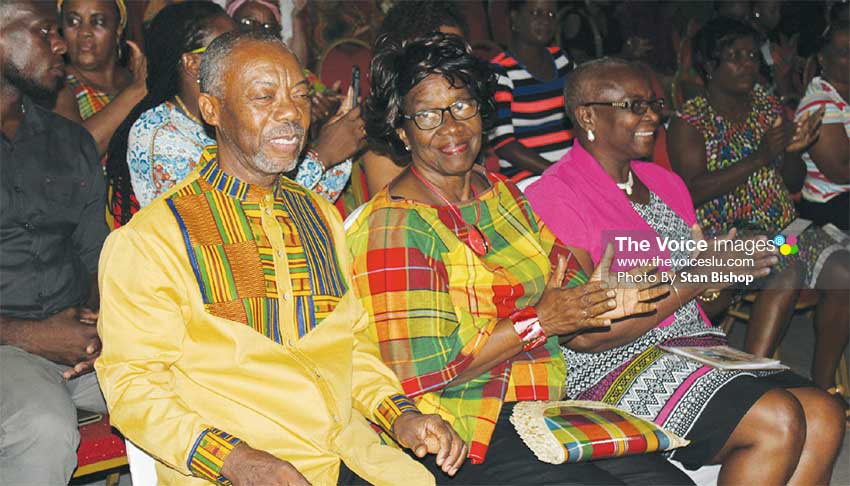
The FRC has long called for Saint Lucian culture, history and literature to be taught in our schools. Alongside the formal education channels, there is need for public education through traditional and social media channels. The NTN would be the ideal public broadcasting service to programme for this public education. The NTN can revive the RSL frequencies and provide a radio arm alongside its TV and social media outlets. The NTN should be staffed separately from the GIS with production and presentation staff to provide for the public broadcasting service needed. Public education, in English and Kwéyòl, is greatly needed, for general and continuing education, especially for those not part of the formal education system.
The FRC is better placed to work with the government to promote and organize traditional culture activities, as it has long done with Jounen Kwéyòl. It has for many years supported the development of local calypso with its Lucian Kaiso publication. It has also long supported the Rastafarian movement. But its strength is in traditional/folk culture. With the necessary financial and organisational support it could be mandated to manage these (e.g. Flower festivals.) The CDF is better placed to promote and provide for the development of the contemporary arts—performing, visual and literary. Huge events like carnival and the music industry (and a developing film industry) probably need their own institutional structures, even as they operate under the governmental guidance provided through, or with the collaborative support of, the CDF.
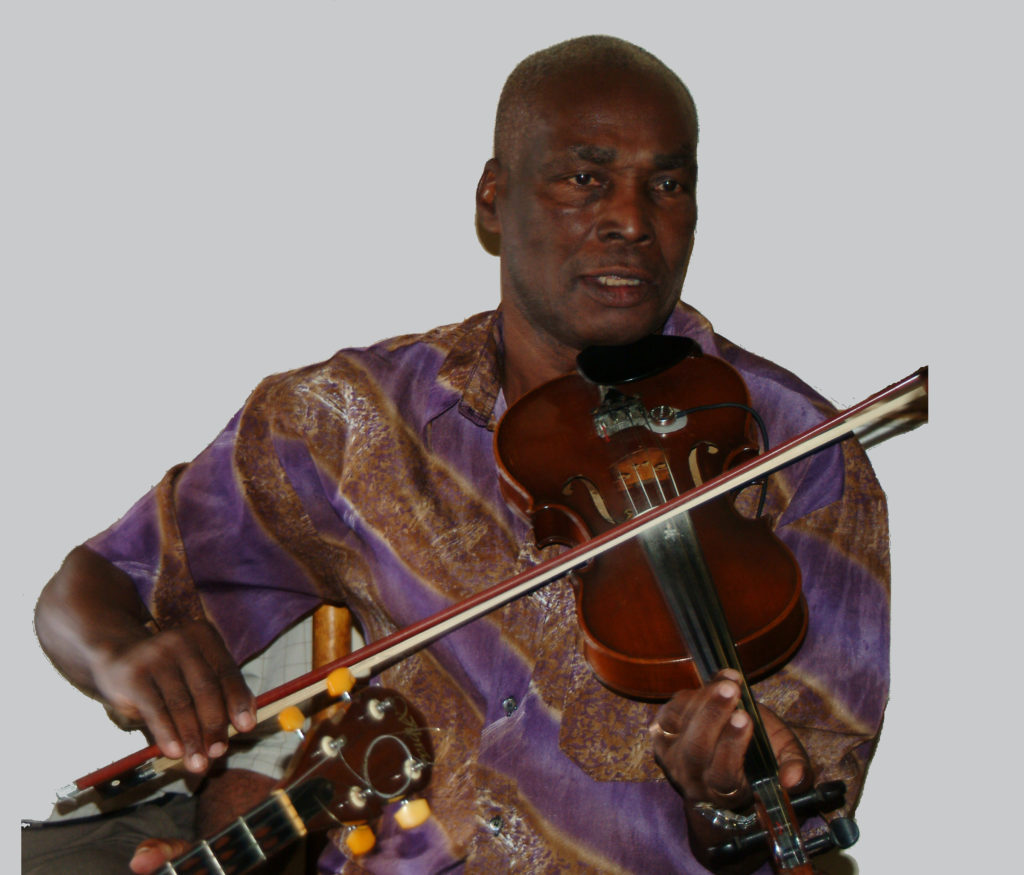
The FRC, with sister organizations like the CDF, the Archeological and Historical Society (A&H), the National Trust, and the National Archives etc., should strengthen their collaborative work, meeting regularly to coordinate their activities and to support each other. A national museum, a national art gallery, ought to be planned for. Long overdue! Shops as part of these institutions would bring in income and sell the work of artists and others. Are the former Government Printery and the old Ministry of Education buildings possible sites in downtown Castries for these? The challenge would be to find persons qualified to manage art galleries and national museums.
Public Libraries
Public Libraries must be reviewed and strengthened. They can serve in many communities as cultural, educational, community centers, even as they provide information and educational resources to the wider public. They ought to be well equipped for Internet services. The establishment of a National Library should be considered. A Library Association exists which should be consulted to open discussions on all these issues. School libraries should also be reviewed and rebuilt and re-organized.
Training should be offered to those who want to pursue studies in librarianship and information management.
Heritage Houses
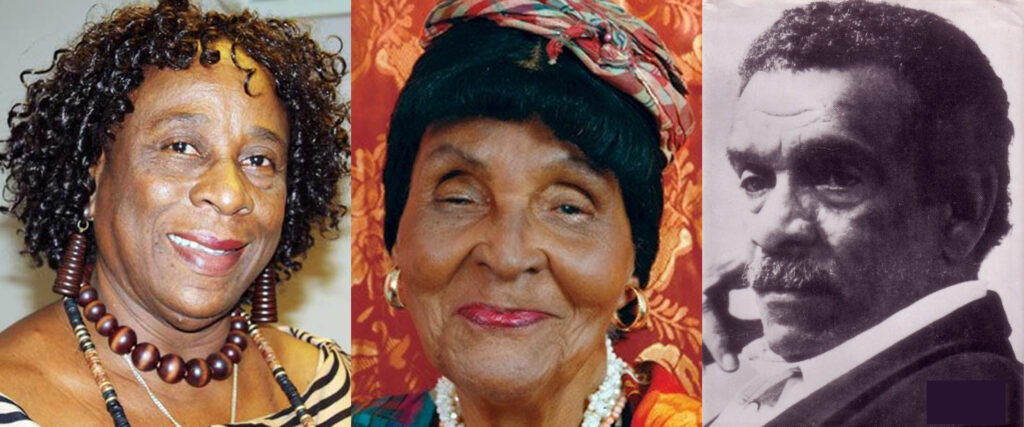
The Sessenne House, Walcott House, Joyce Auguste House and other similar heritage places that honor the well-known Saint Lucian artists who lived there, must be supported and well maintained. They become heritage centers that can serve as cultural hubs, not only in their home communities, but for all Saint Lucians and visitors. Some modest income can be derived as they provide books, CD’s and other artefacts connected with the particular artists and others. These particular artists led the way to many of their equally well-known and iconic contemporaries.
The FRC, CDF, National Trust and other similar organisations must give attention to producing publications emanating from their work. These are of historical value but also become educational material for use in curricula as well as valuable material appreciated by visitors and researchers. The Government Printery (reviewed and strengthened) can become the printer of these materials. Institutions like the FRC ought also to make a shop that provides books, CDs, art, artefacts etc., part of their establishment. In the absence now of local bookstores, people can go to them for reading and informational material, which again, is a source of income. (See my suggestions above for the CDF.) Writers, researchers, and others must be encouraged to write and publish their work. All this work must be supported by a public broadcasting service.
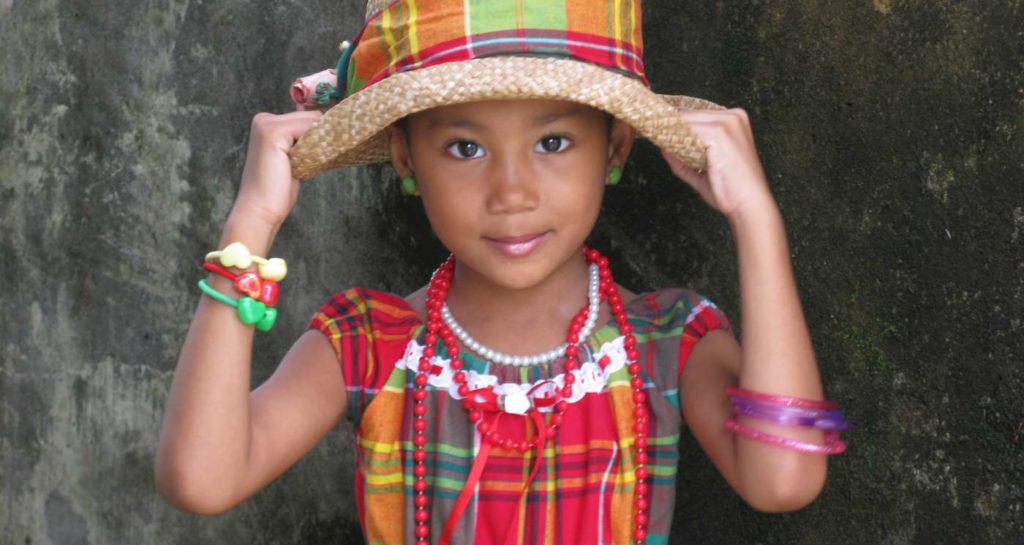
The FRC must continue its work of promoting the value of our Kwéyòl culture, language, values and that in a variety of ways. Kwéyòl language use must be encouraged, especially in official fora, like Parliament. Efforts to rebuild ties with islands like Dominica, Guadeloupe, Cayenne, Haiti and other Kwéyòlophone nations must begin again.
FRC, perhaps with the A&H Society and other interested organisations like ICAR, must encourage the government to begin to look to building good relations with African nations. African history and culture should be given more attention in public education. Cultural, economic and other kinds of alliances with African nations should be encouraged and pursued.
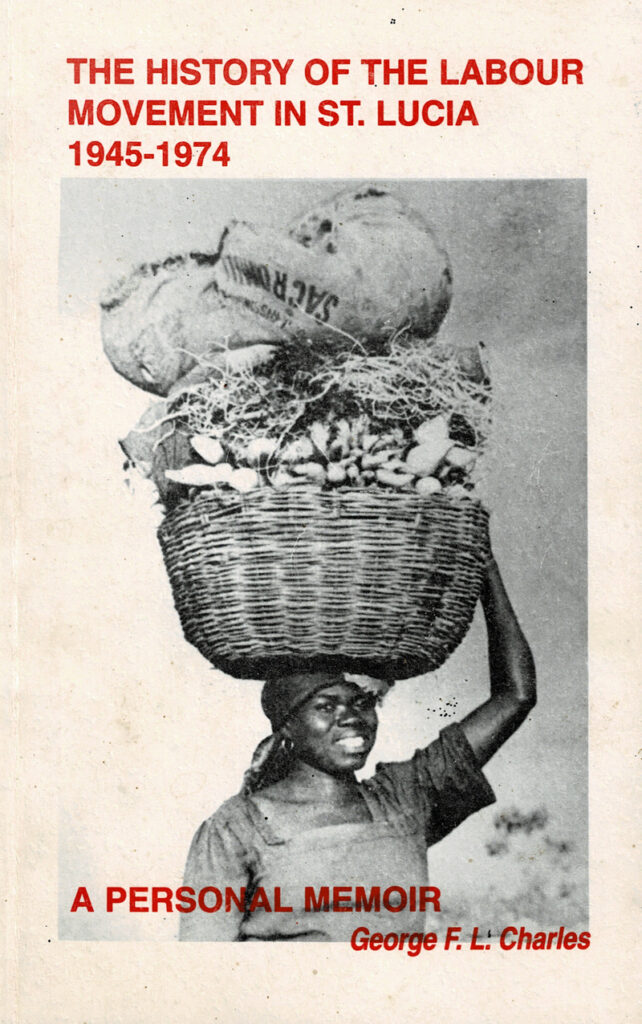
FRC, with the support of the government, must review its policies, programmes, founding documents, to see afresh its place in today’s Saint Lucia and world, which has changed radically since its formation in the early 70’s. FRC still has an important role in the society, but it must beware, as Gordon Rohlehr warned many years ago, of becoming “fossilized.”
It must start looking again at its own home at Mount Pleasant, and to plan for rebuilding its home and library, meeting places, research and educational programmes. It must seek out a new generation of those who can take up the mantle and carry on its important work. As Msgr Patrick Anthony has long proposed, FRC societies in schools and communities should be established.
About the Author
John Robert Lee is a Saint Lucian poet, journalist, and librarian. His poetry and short stories have been widely anthologised. He reviews literature and theatre for local, regional and international print and on-line journals. His poetry and short stories have been widely anthologised. His two latest collection of poems, Collected Poems, 1975–2015 (2017), and Pierrot (2020) were published by Peepal Tree Press. Other publications include Saint Lucian Writers and writing: an author index of published works (Papillote Press 2019); and Saint Lucian Literature and Theatre: an Anthology of Reviews (compiled and edited with Kendel Hippolyte, CDF 2006). A graduate of the University of the West Indies, Lee has taught literature, creative writing and library science for many years. He has also worked as a journalist in newspapers, radio and television. He lives in Saint Lucia.
![]()

